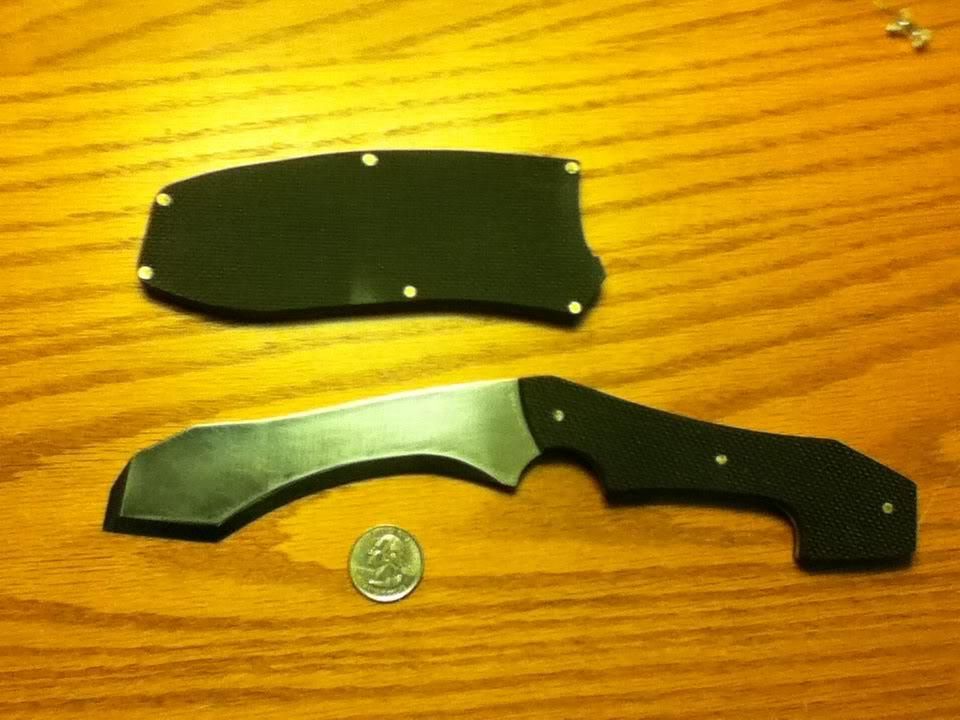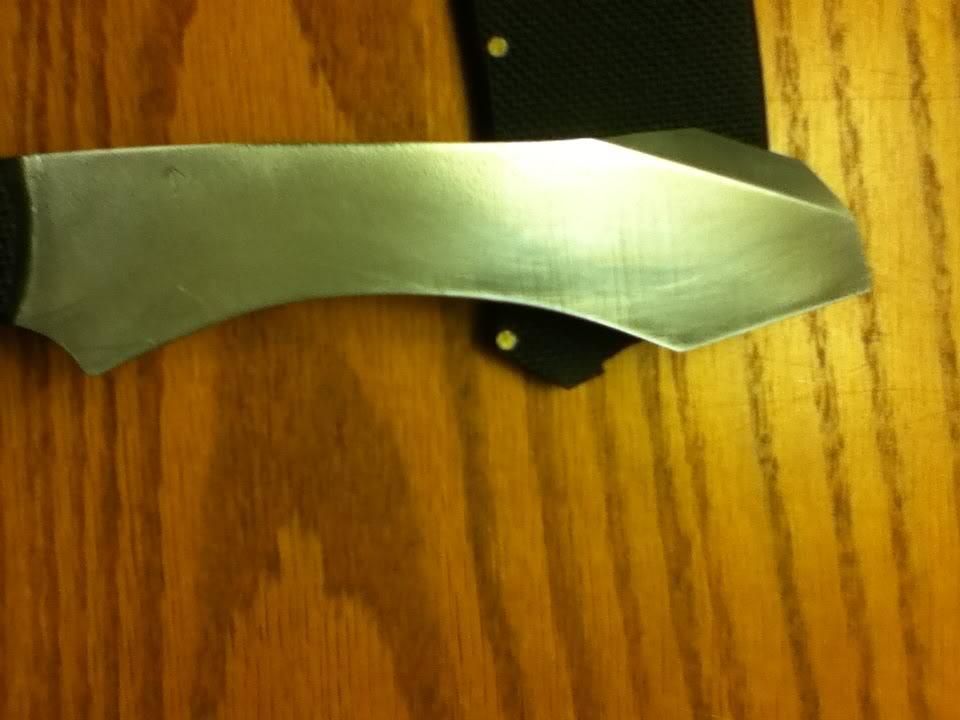Ravana
 Istar
Istar
Astonishingly, Wikipedia has actually come to be quite reliable, as others have noted. I was briefly involved as one of the "everyones" contributing to it (mostly just correcting grammatical errors.…), and I can tell you from experience that there are innumerable people who absolutely hover over the thing, checking up on every change made to articles within their personal sphere of experience/obsession, and who will notice and reverse any illicit or questionable change within minutes of its being made. No, you shouldn't use it as a primary source (especially if you're taking one of my classes!  ); on the other hand, no encyclopedia makes a good primary source, because no encyclopedia is a primary source. I use Wikipedia to fact-check on things I want to find out (or remind myself of) quickly; if I feel I'm going to need to back something up, I can (and do) use the citation list in the article as a jumping-off point for further research.
); on the other hand, no encyclopedia makes a good primary source, because no encyclopedia is a primary source. I use Wikipedia to fact-check on things I want to find out (or remind myself of) quickly; if I feel I'm going to need to back something up, I can (and do) use the citation list in the article as a jumping-off point for further research.
Where do I learn all this stuff? Oh, no, you're going to make me say it, aren't you? The horror, the horror.…
"I read a lot." (No! Not the Comfy Cliché! Aaaaahhhh.…)
Seriously: that's pretty much it. I'm an information sponge. I know a bit about everything because I want to know everything about everything–which is impossible, but as impossible goals go, it's one of the better ones to have. I have stronger and weaker areas; historical weaponry is one of the stronger ones (thank you, RPGs and SCA), but I'm just as interested in astrophysics, paleontology, languages, and law, and only marginally less interested in irises (the flowers, that is), antidepressants, and shiny rocks. I guess that's the key: become interested in something, and you'll learn about it; since just about everything interests me.…
(Don't ask me computer questions. Or cooking questions. Even then, I may know the answer… but those are two things I am not interested in, apart from the effects they may have on my storytelling. Cooking, at least, can generally be avoided; computers are a bit trickier, if you're writing SF.… )
)
Where do I learn all this stuff? Oh, no, you're going to make me say it, aren't you? The horror, the horror.…
"I read a lot." (No! Not the Comfy Cliché! Aaaaahhhh.…)
Seriously: that's pretty much it. I'm an information sponge. I know a bit about everything because I want to know everything about everything–which is impossible, but as impossible goals go, it's one of the better ones to have. I have stronger and weaker areas; historical weaponry is one of the stronger ones (thank you, RPGs and SCA), but I'm just as interested in astrophysics, paleontology, languages, and law, and only marginally less interested in irises (the flowers, that is), antidepressants, and shiny rocks. I guess that's the key: become interested in something, and you'll learn about it; since just about everything interests me.…
(Don't ask me computer questions. Or cooking questions. Even then, I may know the answer… but those are two things I am not interested in, apart from the effects they may have on my storytelling. Cooking, at least, can generally be avoided; computers are a bit trickier, if you're writing SF.…
Last edited by a moderator:


 Sage
Sage Scribe
Scribe Maester
Maester Myth Weaver
Myth Weaver

